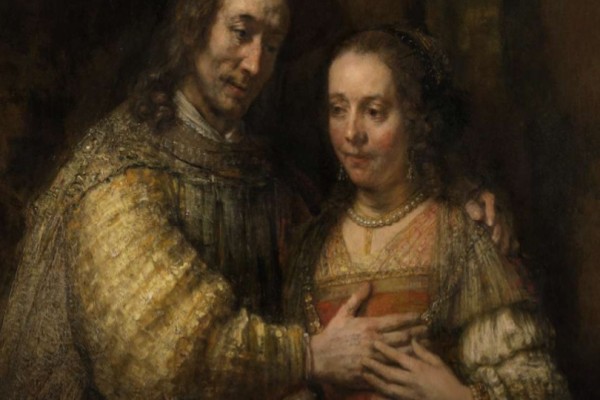For most of my life, there was one immutable rule of museum-going: NO PHOTOGRAPHS! Then came the cell phone camera and everything changed. Now you can visit Amsterdam’s Rijksmuseum online, for example, and download images of Rembrandts and Vermeers free of charge to create your own screensaver, collage, or other creative art mashup. The original no-photograph rule was no doubt intended to protect museums’ rights to their valuable collections. And in the US, with the Reagan cutbacks of public support for the arts during the Eighties, museums turned to gift shops and restaurants to balance their budgets. So prohibiting photography was also thought to be critical to protecting revenue streams from mouse pads, tee shirts, posters, and all manner of art-based merchandise that were keeping museums afloat.
But as cameras got smaller, it became more and more difficult to prevent museum-goers from surreptitiously capturing their favorite Van Goghs, even though being caught by a security guard still earned you a firm rebuke and threat of eviction. Then came the cell phone camera. What had started as a skirmish over the use of compact cameras became a full-scale rout as museum guards were overwhelmed by and ultimately surrendered to the masses armed with pocket cameras and accustomed to recording every memorable moment.
Then something amazing happened. The museums’ grudging acceptance of public image-taking turned into an enthusiastic embrace. There is now an exciting “open content” movement of museums making high resolution scans of their art works available to the public for personal creative uses.
This was reported recently in a New York Times article that attributed the sudden change in policy to the realization by the Rijksmuseum in Amsterdam in 2011 that there were ten thousand low-quality scans of its Vermeers online. Rather than sue its patrons, the museum began making 208,000 images from its collection available for download free of charge. Other museums followed, including the J. Paul Getty Museum, that National Gallery of Art, the Yale University Art Gallery, and the Los Angeles County Museum of Art. The practice is now being embraced worldwide as a way to promote public involvement in the arts, and the kind of scholarship that benefits from access to “big data” about the world’s artistic treasures.
I decided to head over to the website of the Rijksmuseum, an innovator in this area, to see firsthand how this worked. I followed instructions to log in with either my email or Facebook credentials. Once I had an account, I started looking around by clicking on “Explore the Collection.” You can browse by categories such as artist, subject, style, or historic period, or go straight to the works of the most famous painters, like Rembrandt and Vermeer.
If you find a painting you love, you can “Like it” on Facebook, or “tweet” an image of it, or pin it to your Pinterest account. The museum even provides cheerful instructions about how to download your selection of paintings, and offers tips about projects you can try.
Once you’ve captured an image, you’re invited to “Get Creative,” and to share your remix with other museum-goers. You can even save your selected art works to your own page on the museum website. And you can see what others have created by visiting their “user sets” – like playlists of user-generated creations or thematic groupings.
But what about the gift shop? Visitors to the museum website are still encouraged to purchase posters and other souvenirs. Apparently, “user-generated” can live side-by-side with commercially-produced gift items.
Oh, and the Rijksmuseum has a mobile app, so if you have the good fortune to be there in person, when you see a painting you like you can snap a photo and then click on a heart-shaped icon to save it to your page on the museum’s website for later use.
Of course, it’s one thing for a museum to share the works of Rembrandt (who lives only in our cultural memory) and quite another to provide free access to the works of living artists. The ranks of modern museums are thin in this open culture movement.
Nevertheless, this new approach by the Rijksmuseum and scores of other museums worldwide is a dizzyingly rapid reversal of the old “no photography” policy.
PS. In February 2017, NYC’s Metropolitan Museum of Art announced that all images of public-domain artworks in the Museum’s collection are now available for free and unrestricted use.



[…] Take This Rembrandt. Please! Museums are starting to give away digital images of masterpieces, letting you “remix” them […]
Great article, Larry. From a film standpoint, it makes you think about the use of images in perpetuity. Also inspires me to make a detour this weekend to the MBA. Cheers.